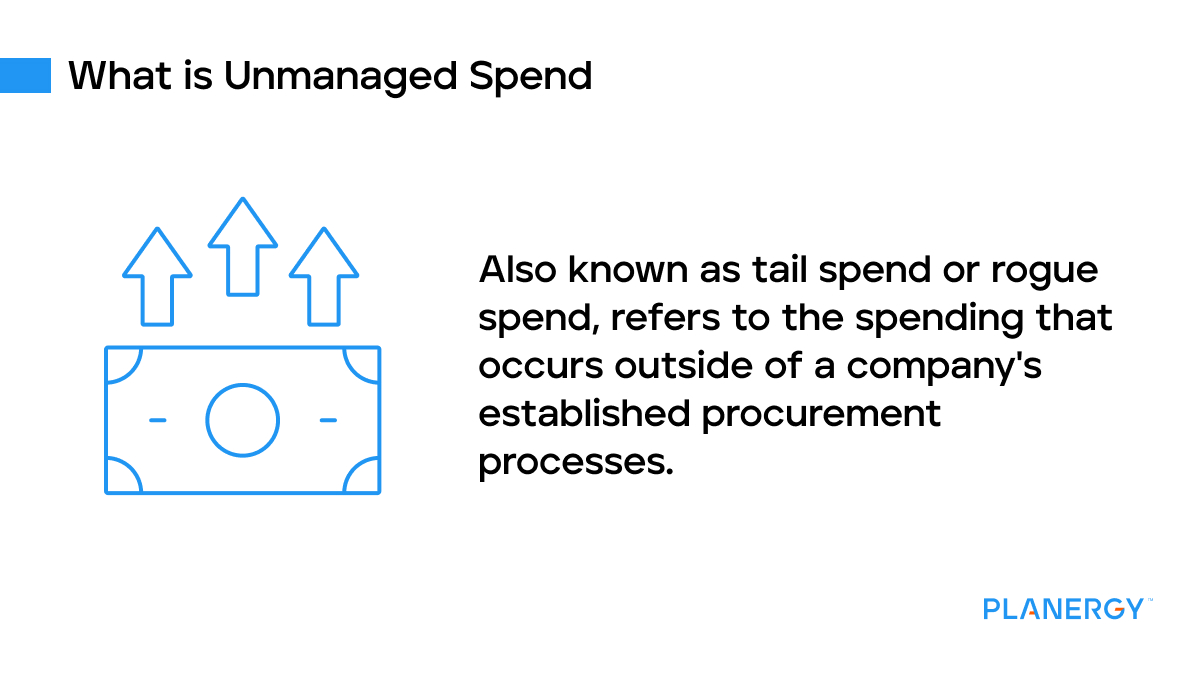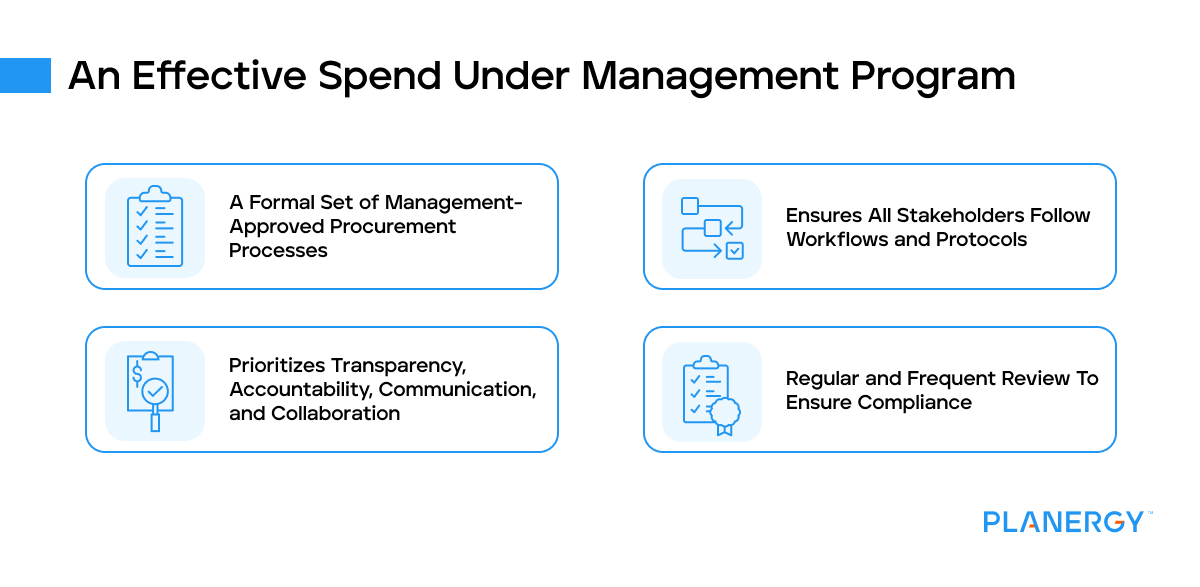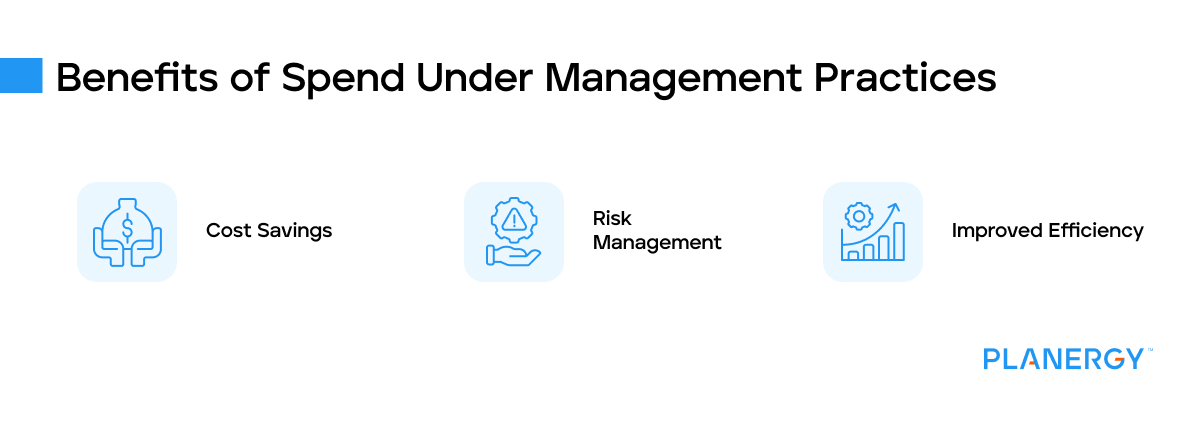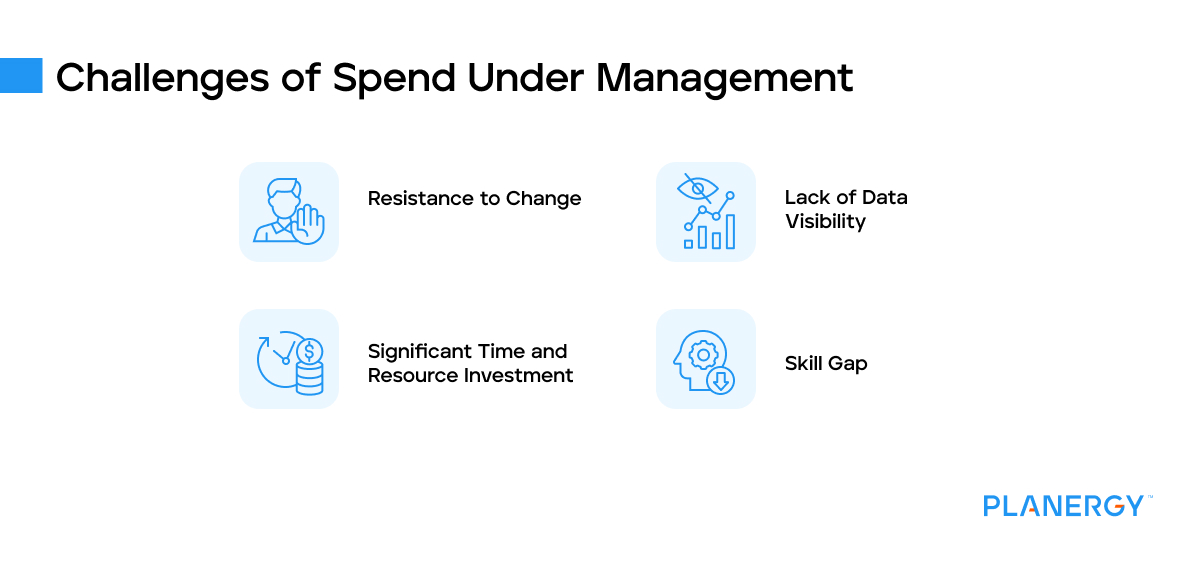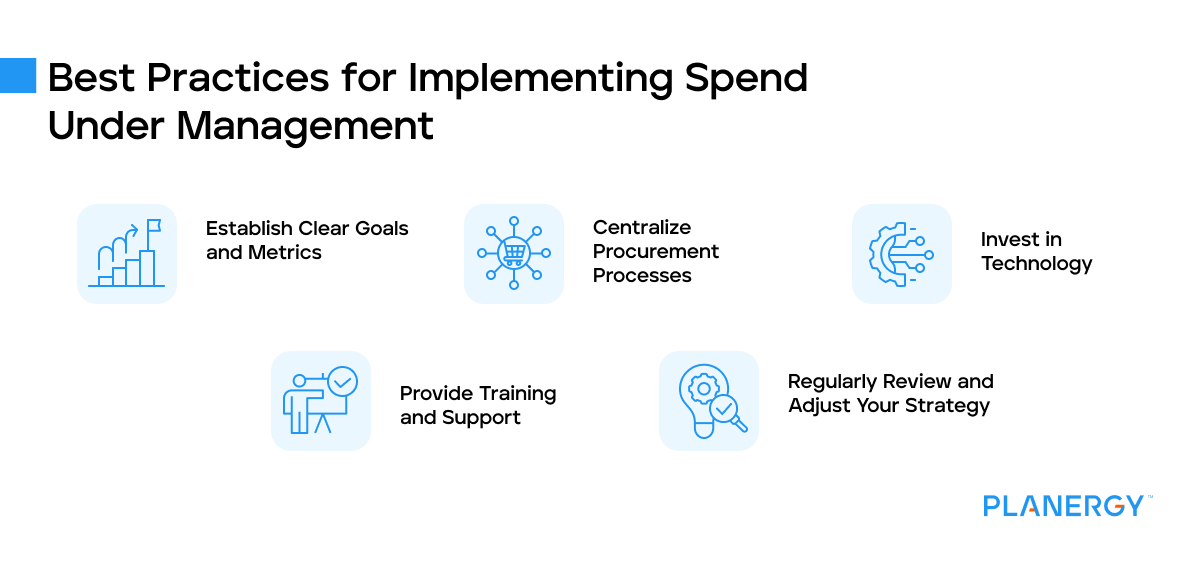Establish Clear Goals and Metrics
Before you begin implementing Spend Under Management, it’s essential to establish clear goals and metrics. What exactly do you hope to achieve with SUM?
This could be reducing costs, mitigating risks, improving efficiency, or a combination of these.
Once you’ve defined your goals, determine how you will measure success.
This could involve tracking cost savings, compliance rates, or other key performance indicators (KPIs).
Having clear goals and metrics will provide a roadmap for your implementation and help you stay on track.
Centralize Procurement Processes
Another best practice for implementing SUM is to centralize your procurement processes.
When purchasing is decentralized, it can lead to inefficiencies, lack of visibility, and increased risk.
By centralizing procurement, you can have more control over spending, negotiate better terms with suppliers, and ensure compliance with procurement policies.
Invest in Technology
Investing in the right technology can also significantly impact your SUM efforts.
Procurement software such as PLANERGY, can automate many tasks involved in managing spend, such as tracking purchases, analyzing spend data, and monitoring contract compliance.
Using automation, you can free up time for your team to focus on strategic activities and improve the accuracy and efficiency of your spend management efforts.
Provide Training and Support
Implementing SUM often involves changes to existing processes and procedures, which can be challenging for staff.
Providing training and support can help ease this transition.
Ensure your team understands SUM’s benefits, how to use new tools or technologies, and what’s expected of them.
Ongoing support can also be beneficial, as it allows for continuous learning and improvement.
Regularly Review and Adjust Your Strategy
Finally, it’s important to review and adjust your SUM strategy regularly.
Spend patterns can change over time, and what worked well initially might not be as effective later.
Regular reviews via spend analysis allow you to identify any issues, assess the effectiveness of your strategy, and make necessary adjustments to your supplier management processes.
This ensures that your SUM efforts continue to deliver value over the long term.


